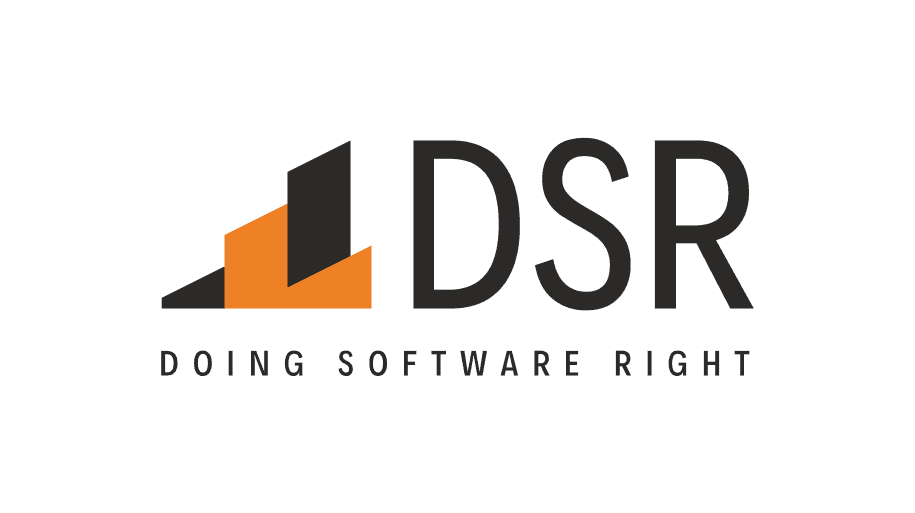Solving IoT Security Challenges with Self-Sovereign Identity
June 27th, 2023
IoT Security Challenges
IoT security challenges arise from the collection and transmission of sensitive data between device and network. This data can be exploited by malicious actors to gain access to data about our devices, living spaces, and even our personal data. The traditional approach to securing IoT devices has been utilizing passwords and encryption, which has proven limited. This traditional approach can be prone to failure as passwords can be guessed or stolen and encryption can be bypassed. Besides security weaknesses, the process of managing passwords and encryption for numerous devices can be cumbersome for users. Enhancing security measurements for IoT systems should be a top priority for developers to protect device and user data.
Digital Identity
Just as personal identity should be protected, so should your digital identity. A digital identity is a set of attributes related to an entity or device. For an IoT ecosystem to function, devices must be able to interact with each other in a trusted and verified manner, like how our physical IDs help us interact with entities around us. However, there are no current standards of trust for digital identity.
Current digital identity models have restrictions, primarily because they involve 3rd party verification. As standards evolve, so will the security methods that must comply with them. During this evolution, current models and infrastructure will become outdated and untenable. For example, current models require a significant amount of memory, so as solutions are scaled, prices rise dramatically. Fortunately, a new model of security, Self-Sovereign Identity, addresses these problems of security, identity, and scale.
Self-Sovereign Identity
Self-Sovereign Identity offers a more secure and user-friendly solution to the security challenges of IoT. Self-Sovereign Identity is a lifetime, portable identity built on decentralized systems, which puts the user in charge of their own digital identity. This is achieved through the use of blockchain technology. Blockchain technology is a distributed ledger that stores data across a network of computers, each of which contains a copy of the ledger. All changes to the ledger must be verified via a consensus mechanism. Instead of 3rd party verification, trust is established on the public decentralized network because the credentials are immutable, meaning they cannot be changed.
Self-Sovereign Identity provides several benefits for IoT security. IoT devices can eliminate the need for passwords, by using digital certificates that are stored on the user's blockchain-based identity. This makes it difficult for attackers to gain access to IoT devices, as they would need to obtain the user's digital certificate. Another benefit of SSI is giving users greater control over their personal data. Users can choose which data to share with which devices and can revoke access to their data at any time. This gives users a secure and private means of interacting with IoT devices.
SSI Use Cases
There are a number of SSI use cases and examples of how this technology allows users to trust the safety of their data when interacting with IoT systems. Some of these include delegating permissions to users, authorizing devices, enabling interoperability between devices, and secure messaging routing. Below are some specific, real-world examples that showcase the impact of Self-Sovereign Identity.
Device Authentication
Self-Sovereign Identity can be integrated into an IoT device ledger. A user can add a new IoT device to their home or business network, which is controlled by an existing gateway. Using SSI principles, the gateway can verify the new device’s credentials and ensure that it is compatible with the network. The immutable details and credentials of the new device and gateway are securely stored in the ledger.
Device Authorization
Using Self-Sovereign Identity, a user can temporarily grant access to a smart device, like a door lock, to a neighbor. Using SSI, the user can detail specific rules for the delegation, such as the date and time the neighbor has access to the lock. The user can revoke access at any time.
Access Control
Using Blockchain, SSI, and an easy-to-use mobile interface, a user can create a security framework for granting access to specific devices. There are 3 roles in this case: Issuer, Prover, and Verifier. The Issuer generates secure credentials and transfers them to the Prover. The Prover sends these credentials, which contain immutable personal data, to the Verifier in a proof request. The Verifier device either grants or denies access based on the proof request meeting the access requirements (persona, age, etc.).
DSR’s Work in SSI
DSR supports the expansion and utilization of blockchain and Self-Sovereign Identity into other applications like the use cases above. We believe the decentralized approach can be applied to many industries with great benefits. We work with IoT, enterprise systems, computer vision, and mobile technologies and anticipate a lot of convergence with blockchain in these areas in the future. For instance, DSR merged 10+ years of IoT and decentralized systems experience to spearhead the development of a decentralized compliance ledger for IoT wireless protocol developed in the Connectivity Standards Alliance.
DSR SSI Services
DSR is currently involved in Self-Sovereign Identity through our membership in the Hyperledger Foundation and the development of Hyperledger Indy and Aries. DSR was a primary contributor to Hyperledger Indy, a ready-to-use Self-Sovereign Identity framework and platform, consisting of tools, libraries, and components for providing independent digital identities rooted in a decentralized network. DSR services go well beyond just development and include complex math, creation of open-source specifications, work within the open-source community, and deployment and maintenance of production blockchains through DevOps and quality control. In addition to Hyperledger Indy, Aries, and Ursa, DSR has made contributions to popular blockchain and self-sovereign identity frameworks, such as Tendermint and Cosmos-SDK.
Visit https://en.dsr-corporation.com/technology#blockchain to learn more about DSR Corporation and our use of Self-Sovereign Identity during IoT Development, along with our other complex software development services and products.